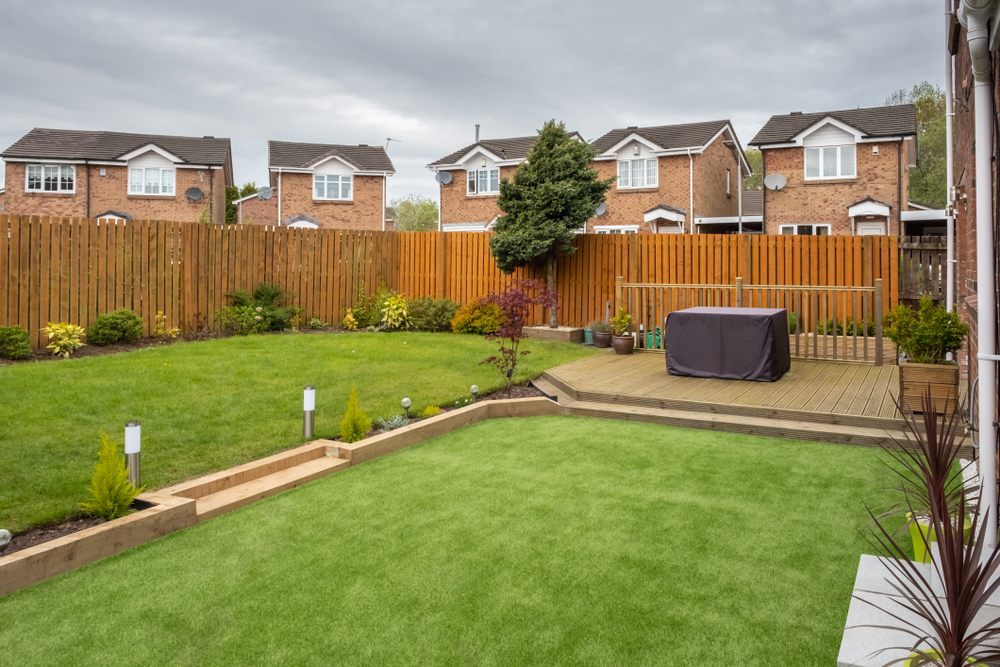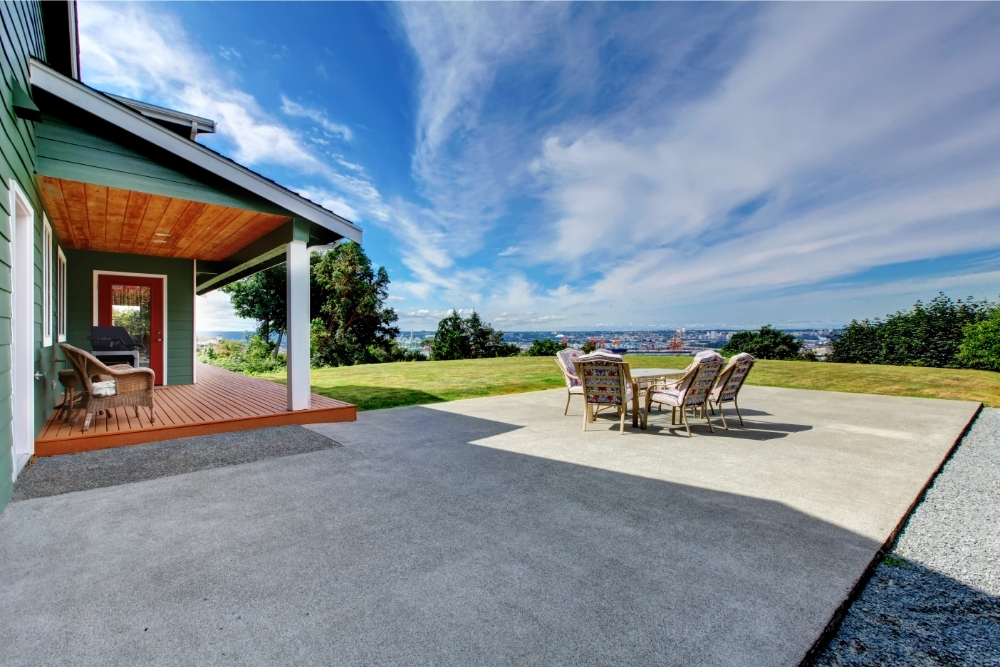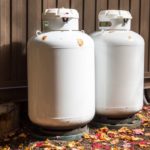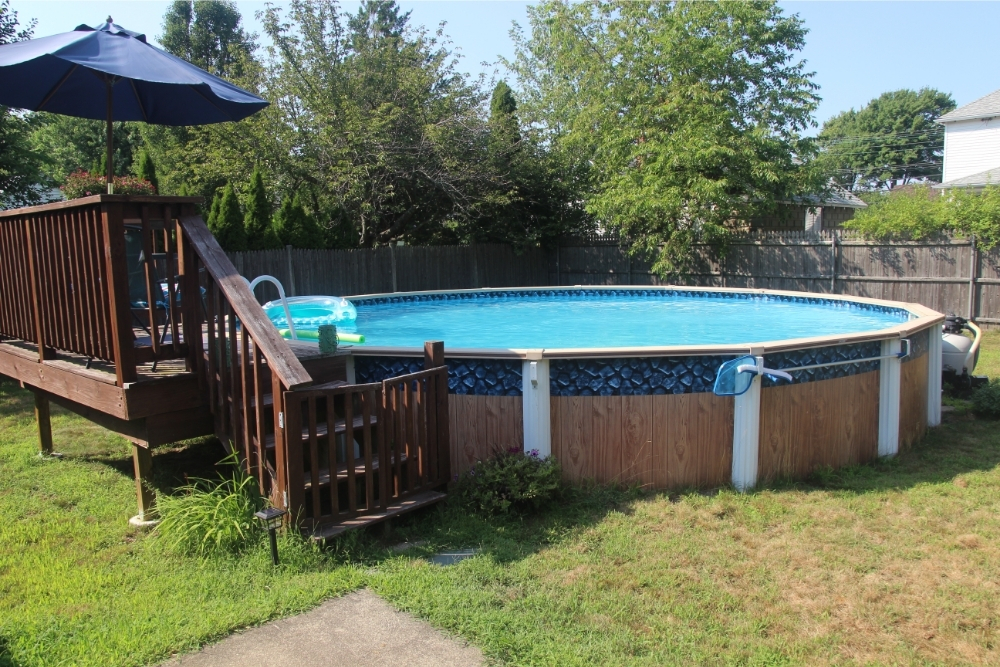While raised beds seem to be an incredibly popular option these days, they’re not always the best choice for a garden. In fact, there are several other factors you should consider before deciding how to set up your garden beds.
Raised garden beds are a good option if you have poor and compact soil or live in a very wet climate. However, if you have a decent soil structure and are living in a very hot and dry climate, then garden beds might be the better option. On many properties, a mixed approach is ideal.
The choice between in-ground gardening and raised beds isn’t always an easy one to make, and there are multiple factors you should consider before taking a final decision. Let’s look at the pros and cons of both raised beds and in-ground gardens, and consider when a mixed-method approach is in order. That way, you can make the choice that best suits your needs.
Are Raised Beds Better Than In-Ground Gardens?
In order to properly decide whether raised beds are better than in-ground gardens, it’s important to first understand what each of these methods actually entails.
Raised Beds

Raised garden beds can be defined as boxes or containers full of soil in which you can grow your plants. However, they don’t have a floor or base, and the bottom is left exposed to the ground.
If a raised bed is constructed with a base and shaped more like a box that you can lift off the ground, then it’s basically container gardening.
Also known as planter boxes and garden boxes, raised beds are most commonly built with wood lumber, but you can also construct them using bricks, galvanized metal, durable fabric, stone, concrete, logs, and other materials.
In-Ground Gardens
In-ground gardening is when you grow your plants directly in the native soil, without making any modifications at all.
If you till, amend, or add anything, such as compost, to the native soil, it will result in a slightly mounded in-ground garden — a planting area that’s completely separate from the surrounding yard space.
Which Method Is Better?
It’s important to note that raised beds aren’t always a better option than in-ground gardens. Instead, the better choice ultimately comes down to your native soil, aesthetic preferences, the prevalence of pests, garden space, and your budget.
For some properties — particularly those with rocky, sandy, or poor-quality soils — raised beds are a much better option than spending the money, effort, and time on fixing and regenerating long-neglected soil.
On the other hand, if your backyard is filled with healthy, nutrient-rich soil with a lot of microbial life, then an in-ground garden is definitely the easier and better route to take. This is because you’ll only need to add a bit of fertilizer to amend the soil between growing seasons.
What Are the Pros and Cons of Raised Garden Beds?
A few advantages of raised garden beds are undeniable, such as the ability to control any burrowing pests. However, there are a few other benefits that are a bit more subjective, such as their style and aesthetics.
Either way, raised beds are an excellent and incredibly popular way to grow fruits and vegetables at home. Let’s take a deeper lock at their many pros:
Accessibility
Many people suffer from back problems and other physical ailments, which makes in-ground gardening more difficult and painful. But since raised beds are placed a bit higher off the ground, you won’t need to bend over as much to weed, harvest, and plant crops.
In fact, there are even a few raised bed kits, like this one from Greenes (on Amazon), that are elevated on legs for better accessibility and ergonomics.
Better Drainage
If you live in an area with flooding concerns or an incredibly wet climate, then raised garden beds might be ideal. This is because water drains through the soil much more quickly and easily if it’s elevated from the ground level.
Extended Growing Season
If you live in a colder climate, the ground will freeze up as soon as winter approaches, and it’ll then take a long time to thaw.
However, in raised beds, the soil will warm up much faster during spring, allowing you to amend the soil and get it ready for the first set of hardy plants more quickly and easily.
Better Aesthetics
Most people love the look of a raised garden bed. There are also several different options available in terms of the materials for the frame and border, so it’s easier to customize the look and construct something that enhances the aesthetics of your backyard.
Not Permanent
Some places, like a rented apartment or home, might not allow residents to start an in-ground garden or dig into the ground. Luckily, if you’ve constructed your raised bed in a certain way, you can easily move it around and make the frame completely portable.
More Control Over Soil
With raised beds, you’ll be able to choose exactly the type of amendments and soil you want to grow your plants in.
Instead of just working with the soil you have, you can fill your raised beds with the ideal soil, creating an excellent environment that your plants will thrive in.
Fewer Weeds
If you fill your raised bed with the ideal soil and organic matter from the beginning, you’ll be able to eliminate most of the weed seeds that would otherwise grow and thrive in native soil.
Less Soil Compaction
If your raised garden beds are elevated a few feet off the ground, then people and animals alike will be less likely to step on the soil. This helps reduce soil compaction and ensures the soil has proper aeration and drainage.
Stronger Root System
Raised garden beds are usually deep, giving roots more than enough space to grow, resulting in bigger, greener, and more luscious plants. However, keep in mind that this benefit varies according to the height of your raised beds.
And now for some cons:
More Watering
This might be the biggest disadvantage of a raised garden bed. In hot and dry climates, raised beds will dry out much more quickly, even if you’ve created the best soil conditions.
Although mulching will help a bit, keep in mind that you’ll still need to water your plants more often if you’re growing them in a raised garden bed.
More Labor
If you’re planning on building your own raised beds, you’ll need a bit of muscle, tools, and handy work. You’ll also need to do a few basic calculations to construct the beds and purchase the right amount and size of lumber.
Higher Upfront Cost
Unfortunately, beautiful raised garden beds don’t just pop out of thin air. You’ll need screws, lumber, tools, and a good amount of soil to properly fill the beds.
The cost of all these materials and soil can significantly add up, especially if you’re constructing and filling several raised beds together.
Harder to Use Some Machines
It’s extremely difficult to use a tiller in a raised garden bed. There are several other machines that are used to plant and harvest larger-scale gardens, which you can’t use with your raised beds at all.
Less Natural Insulation
While raised beds might warm up much more quickly during spring, they’ll also cool down faster and freeze earlier during fall and winter.
This means that the soil’s temperature will fluctuate much more often in a raised garden bed.
Degrading Material
This drawback depends on the material you’ve used to build your raised garden beds. If you’ve used wood, it might degrade and rot over time, and may need to be replaced or repaired.
What Are the Pros and Cons of In-Ground Gardens?
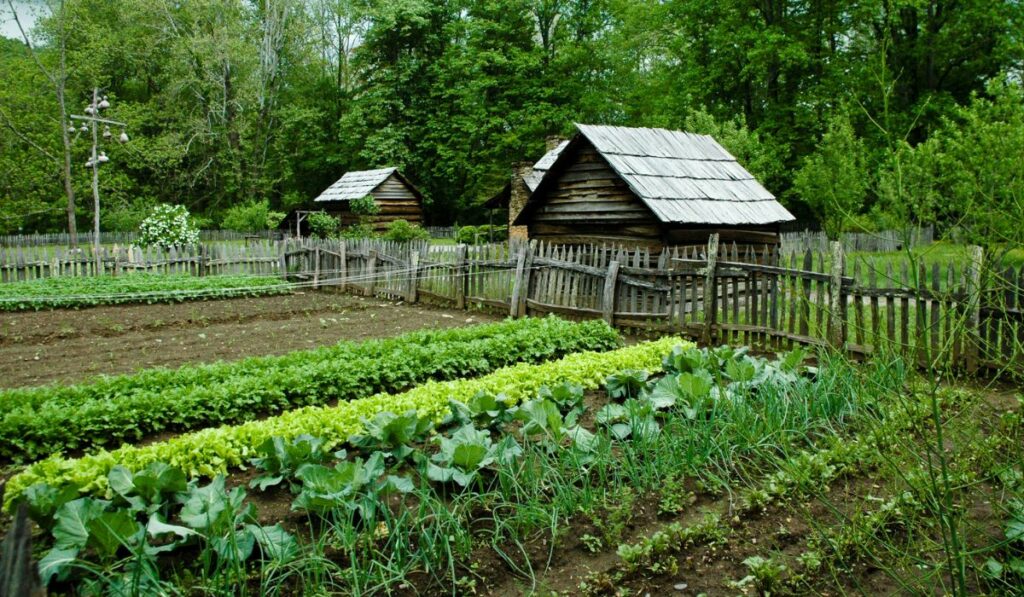
For most community and school gardens, growing plants directly into the ground has several advantages. In-ground gardens have a much lower start-up cost than raised beds, and you can use tractors and other machines to prepare the area at the start.
Other benefits include:
Use of Existing Soil
The soil in most areas is perfectly suitable for gardening, provided that it’s properly mulched, watered, and tilled. Even if you don’t make any organic amendments, most soils are able to produce a beautiful, bountiful harvest.
Economical
Since you’ll be using the existing soil in your backyard rather than importing it, you’ll be able to save money on the bags of soil you would have otherwise needed. You can also use this saved money on organic amendments to improve your soil.
Less Work
In order to start an in-ground garden, you only need a flat, well-drained area, which you can easily prepare with a large rototiller or tractor.
Lower Water Requirements
Since in-ground gardens dry out slowly, they require less water than raised beds. They’re also simpler to design and easier to install, making their irrigation process straightforward as well.
However, there are also a few drawbacks to in-ground gardens you should consider:
Soil Compaction
If the soil has a lot of clay or is walked on very often, it might result in soil compaction, which could ultimately damage your plants.
Shorter Growing Season
Since it takes longer for the soil in in-ground gardens to thaw and warm up after winter, you’ll have to plant your perennials much later in the spring. It’ll also take you a long time to achieve the right, high-quality soil.
More Initial Weeds
All soil types have several weed seeds in them. Luckily, you can easily reduce weeds by adding a layer of mulch.
What About a Mixed-Method Approach?
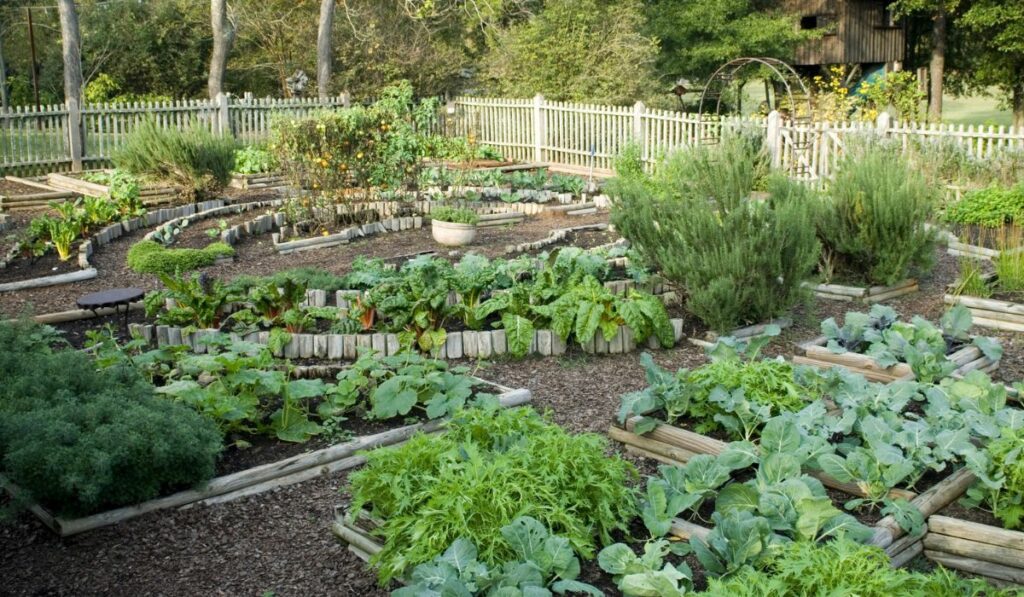
Fortunately, there aren’t any hard and fast rules set in place forcing gardeners to pick only one method for their gardens. In fact, a mixed-method approach is what works best for many people.
You can add a few raised beds in the backyard and on the sides of your house for organizing your vegetables, herbs, and fruits. On the other hand, you can go for an in-ground approach in your front yard, so that you have more design freedom.
Adding a few containers to the porch, patio, outdoor, and indoor garden areas will be incredibly helpful as well. Mixing all these different gardening methods will allow you to grow a more functional, versatile, and aesthetically beautiful garden on your property.
No matter which method you choose, keep in mind that you don’t have to stick with it for the rest of your life. Remember that a healthy garden is one that’s constantly improving and evolving.
Choosing between in-ground and raised beds is completely fine, but making it a permanent decision is just silly. There aren’t any rigid restrictions in garden design, so feel free to change it up and mix things to your heart’s desire.

